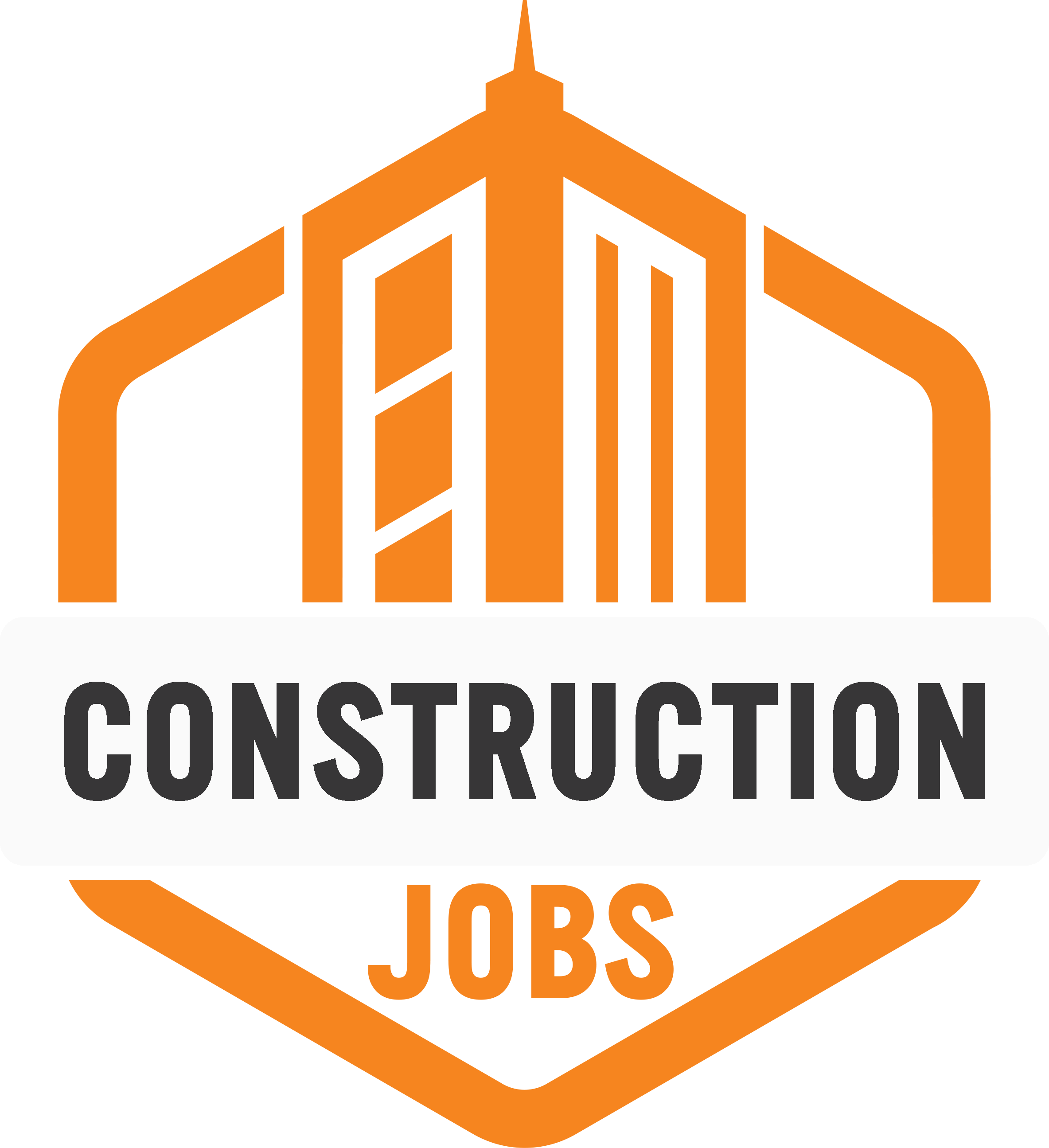Strategies for Preserving Client Relationships in the Face of Project Delays
Overcoming construction challenges with communication, flexibility, and safety to preserve client relationships.

The past few years have been difficult for the construction industry. As a project manager, you’ve likely faced lengthy delays thanks to unpredictable supply lines, global conflict, and pandemic-era regulations, making working onsite incredibly challenging.
Overcoming these obstacles requires persistence, a “can-do” mindset, and excellent communication skills. Your clients don’t care about a cargo ship that became grounded in the Suez Canal — they want their project to be completed on time.
Dealing with delays in a professional, timely manner can help you preserve existing relationships and land new contracts. This can make a big difference to your company, which likely relies on repeat consumers and a great brand reputation.
Improve Internal Communication
When things go awry, your consumer wants answers. You don’t need to dig into the minutiae of each delay, but you should be prepared to give your client a few critical insights. However, you’ll quickly lose track of client details if you have poor internal communication. This makes it all but impossible to keep clients updated and can lead to frustration for both parties.
Improve your internal communication by connecting organizational silos. “Silofication” happens when people are blinkered by their own roles and department and aren’t given the scope to work with other teams. Silos can undermine your consumer experience, as clients won’t know whom to speak with when they inquire about the progress of their project.
Analyze all of the customer service data you have available to you, and try to create a central communication point for each client. This can be in the form of an app or website. Delegate your customer service team members to each client, as clients want to deal with real people when they log on to your digital interface.
Ensure that your customer-facing employees have access to all the data and insights they need. They may receive a call from frustrated clients at any time and should be able to access key data with a few clicks. If you’re expecting clients to call in with grievances, consider prepping your customer service reps so they understand the key details and can alleviate concerns.
Staying Open During Construction
Your clients never want to close up shop during the construction process if they can help it. Just like you, they need to run at a certain level of productivity to remain profitable. It’s not your job to help businesses figure out their operations, but you can earn yourself some goodwill by suggesting solutions to clients.
Before you break ground, speak with your clients and ensure they have a plan to stay open during construction. This plan should include details like projected disruption and the boundaries they plan to set for incoming customers.
Give clients access to additional extras like noise reduction systems and alternate customer routes. Even if your client doesn’t take you up on these options, it shows that you understand their situation and are willing to help.
If you do face delays, try to be flexible and work with your client to reduce their losses. Even if you have to take a hit yourself, prioritizing the customer shows that you genuinely care about their business and want to help them remain open during the project.
Reducing the Risk of Hazards
Nothing sets a project back like an accident on site. The mountain of paperwork that comes with a sprained ankle or concussion will cause significant delays and cost you plenty if you’re at fault. An accident on site can damage your client relationship, too, as they’ll have concerns for your employees’ safety during the completion of the project.
Reduce your risk of accidents by going above and beyond industry safety standards. At the outset of each project, identify which of the most common onsite hazards your employees will face and create a strategy to minimize risk.
For example, if you know that your worksite will be noisy for a few days, consider sealing off trenches and adding extra precautions around site traffic. Communication is limited when the site is noisy and folks will become distracted by loud saws or hammers. If there’s a serious risk of injury, play it safe and have your employees work on less risky elements of the project.
Set the Tone
When dealing with clients, the way you communicate is just as important as what you say. No matter how much stress you are under, you cannot afford to become frustrated or angry with clients unless you want to lose them forever.
When informing clients of a delay, speak as though they are on your team. They don’t need to know all the details but want to be reassured that you are working hard on their behalf. Don’t waste time pointing fingers and keep clients up to date.
Conclusion
No one likes project delays. However, some setbacks just can’t be avoided. As a project manager, you can set the tone by improving internal communication in your firm. Try to work proactively with clients to help minimize their losses during a delay, and complete thorough risk assessments before you break ground. This will help preserve your client relationships and ensure that everyone is on the same page.
Author: Amanda Winstead is a freelance writer in the construction industry
- Share This →

